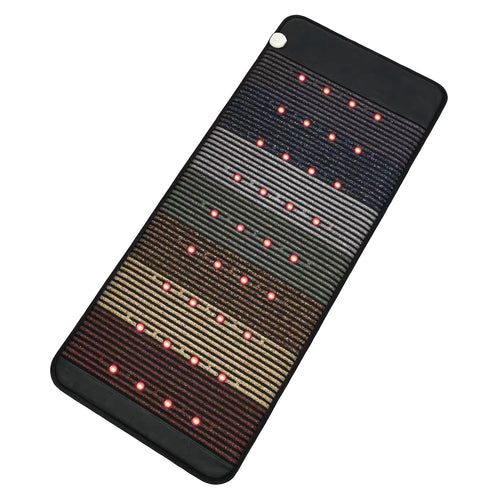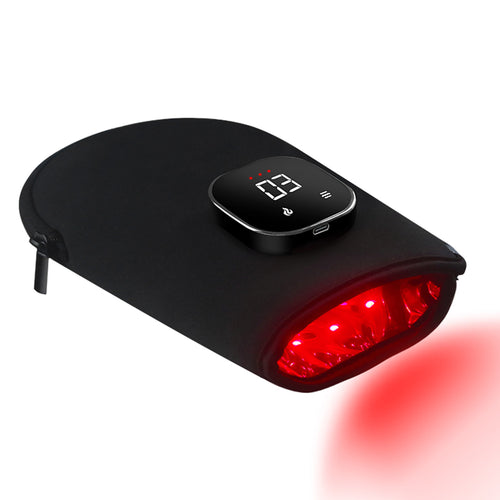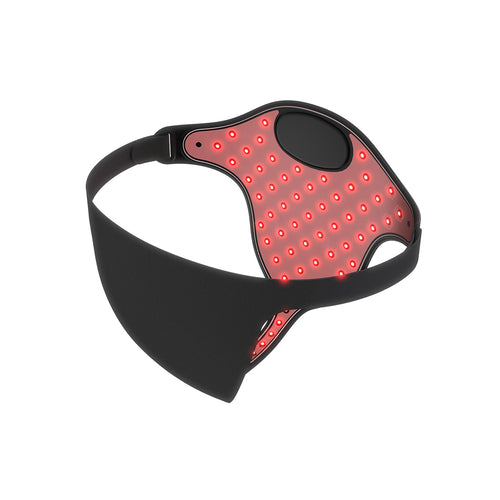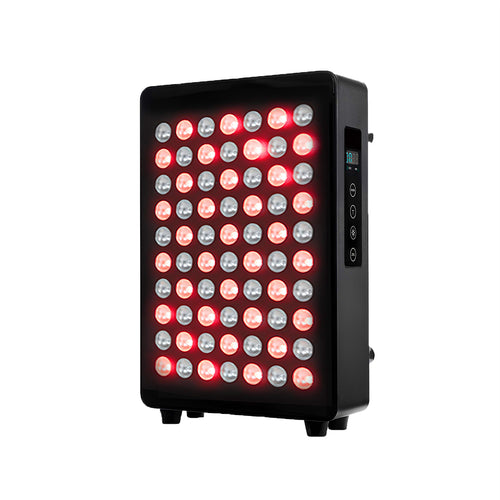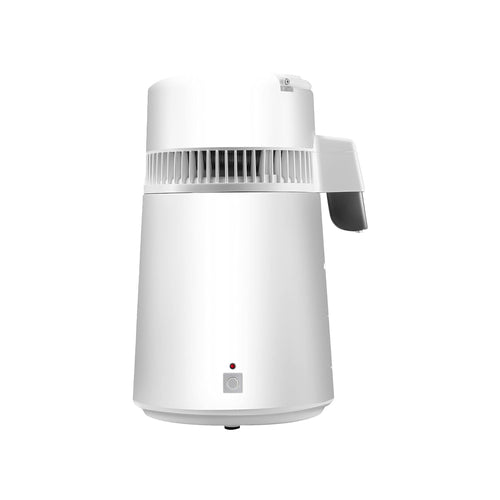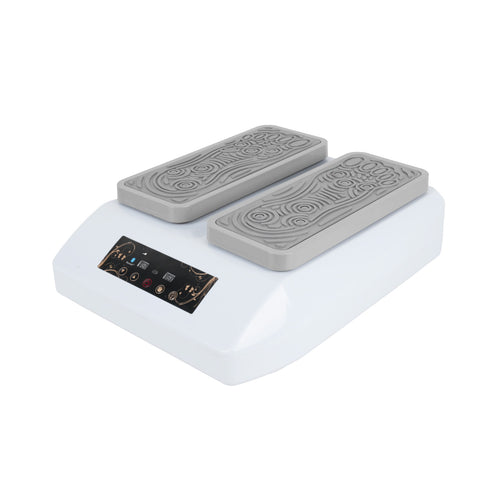
Red Light Therapy Comprehensive Guide
lililianRed light therapy involves exposure to fairly strong sources of visible red light (610-700nm).As a natural, non-invasive method there are a wide variety of applications being studied.Most of the studies and interest is around the use to treat skin conditions, but there are a whole host of further applications.The beauty of this type of treatment is that there are no significant side effects doucmented, yet a long and well studied list of applications.
1. How it works
Red light interacts with the body in a similar way to infrared light – This it thought to involve a few mechanisms including by increasing energy (ATP) generation on the cellular level.The key difference between red and infrared is that red wavelengths of light are absorbed and used in the first 25mm of skin tissue, whereas infrared light can penetrate much deeper into the body.
This same mechanism is also responsible for many of the benefits of sunlight, which contains the red wavelengths as part of its spectrum. Sunlight however, comes bundled with potentially harmful UV (and potentially beneficial) & blue light, making red light therapy different in various respects.Most red light devices on the market are weak and will only penetrate 2 – 3mm of skin tissue. Stronger devices such as 100mW/cm²+ LED light devices can reach through the entire skin layer, healing from the bottom up.
2. The Wavelengths of Red Light Therapy
Red light therapy uses any wavelength between 610 nm and 700 nm.The most common wavelengths you will see are 630 nm (orange-red) and 660 nm (deep red) which roughly coincide with the absorption peaks of cytochrome c oxidase (the target of light therapy), plus they are cheaply available and efficient. While effective, these are not necessarily the perfectly optimal wavelengths.
- The absolute optimal spectrum ranges are 610-625nm & 660-690nm.
- The absolute optimal single wavelengths are 620nm and 670nm.
These optimal wavelengths vary to some degree in different studies and different cells. 615nm and 680nm are also sometimes optimal.
3. What specifically does it do in the cell?
It is thought by researchers that there are a variety of cellular structures that absorb light energy, most notably the mitochondria:
- Our mitochondria can absorb red light due to a key energy producing copper enzyme (cytochrome c oxidase – link) which absorbs light at various wavelengths between 600-1000nm.
- Metabolism in the mitochondria is usually restricted by a biologically active molecule called nitric oxide, which binds to cytochrome oxidase and prevents it from using oxygen. Red light acts by photodissociating (or detaching) this nitric oxide molecule, allowing cytochrome to resume its energy producing metabolic function.
- Red light has been shown to improve the structure of water in cellular cytoplasm and other areas of the body, potentially providing a functional benefit to all cellular processes. The improved surface tension of cells may also improve ion exchange.
- Through a complex but well understood process, cytochrome helps to synthesise ATP
- Red light increases ROS (reactive oxygen species) which have a positive stimulatory effect in low amounts.
4. Who can use it?
Red light therapy is entirely safe and non-invasive, meaning it can be used by anyone – young or old.The current hyptohesis (on the mechanism of action) points to a foundational level of the body, meaning a potentially wide array of useful applications.
5.What is the standard treatment like?
The light is simply used for a short amount of time (5 – 15 minutes), after which further therapy would show quickly diminishing returns.This is known as a biphasic dose response – lower doses give a good effect, very high doses cancel out this effect. The reason why longer session times gives diminshing returns is not very well understood, possibly involving heating of the skin cells, ROS or nitric oxide release.Regardless, a short therapy session gives better results than constant use for hours on end.
6. How often can it be used?
The red light would ideally be used 3-4 days per week to start off with and continue like that for 4-6 weeks.For general maintenance and health once or twice a week is acceptable.
7. Are there any risks from red light therapy?
There are many interesting applications for red light therapy, but what about the risks?
- There are no serious side effects documented in the literature.
7. LED, incandescent, heat lamp, etc. Which light source is best?
There are a wide variety of devices capable of outputting beneficial wavelengths of red light, including; LED, lasers, incandescent, halogen, low level laser, fluorescent, etc.All sources of red light are not equally useful however, with some being inappropriate for light therapy. Research focuses on the energy efficient and low heat sources of red light such as LEDs and lasers. Devices like red heat lamps have some overlapping wavelengths with red light therapy, but heat denatures the target cytochrome enzyme.The reasons why red LED devices stand out from the rest include:
- The most energy efficient
- The longest lasting (50000 hours)
- More specific wavelengths available
- Does not heat the skin (or denature target enzymes)
- Very well studied
- Safe all over the body










